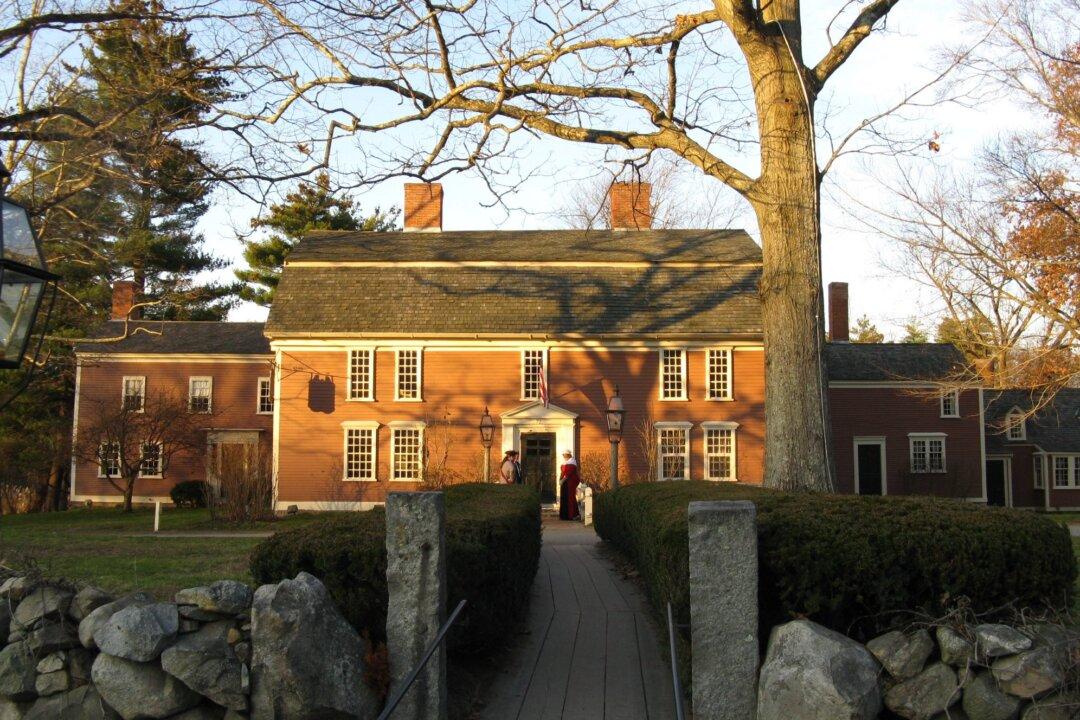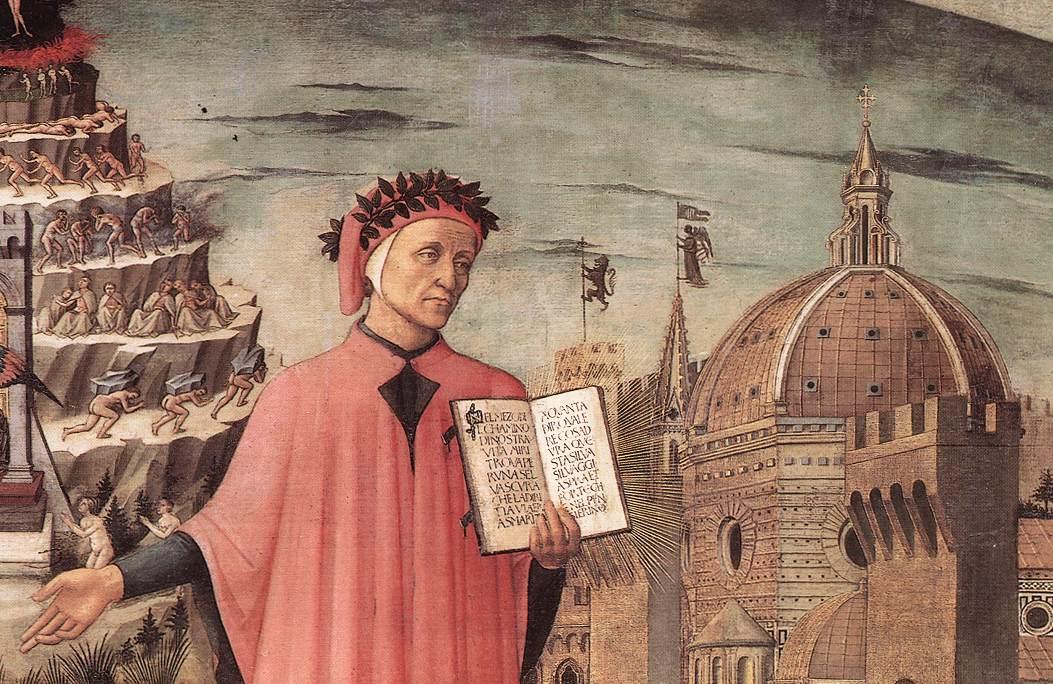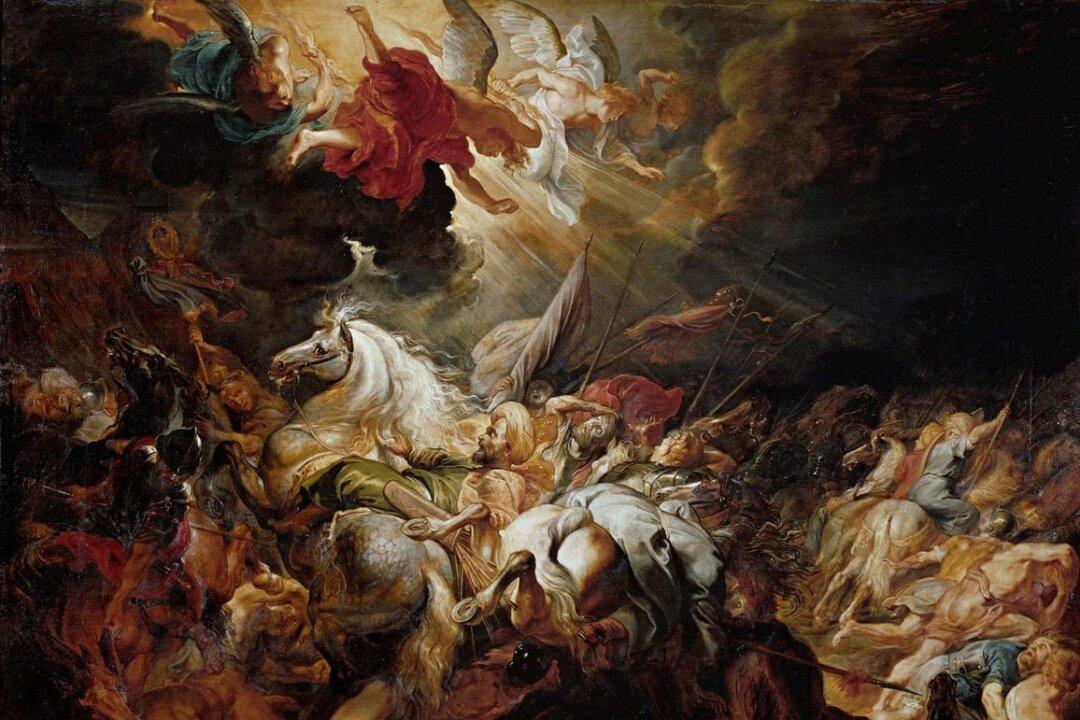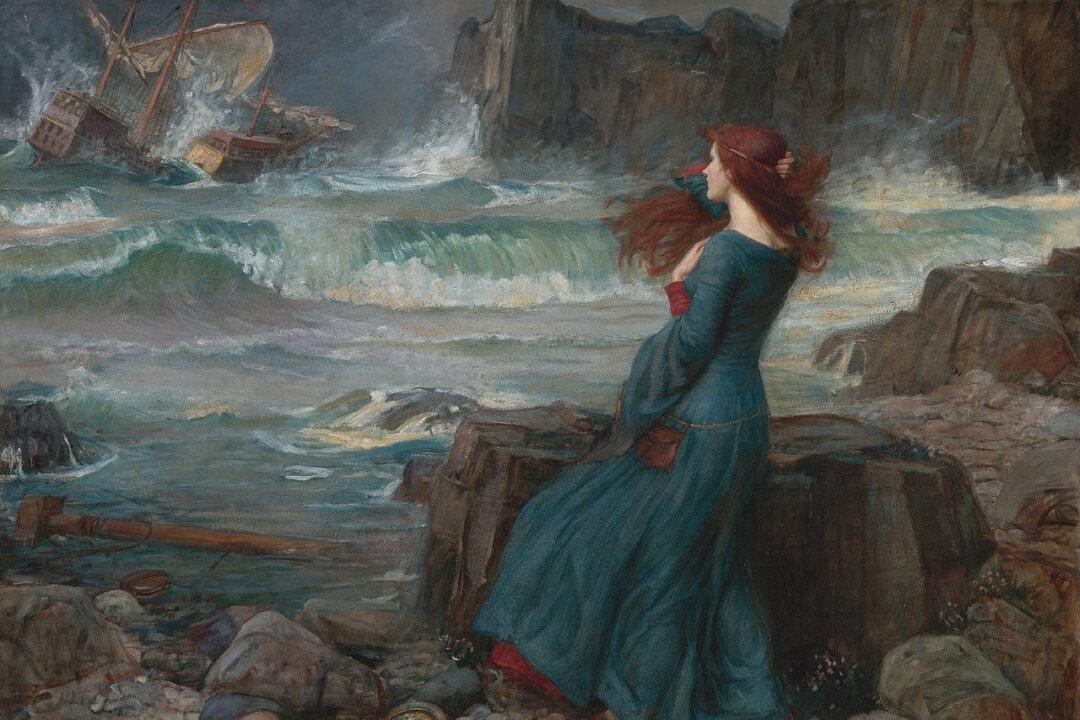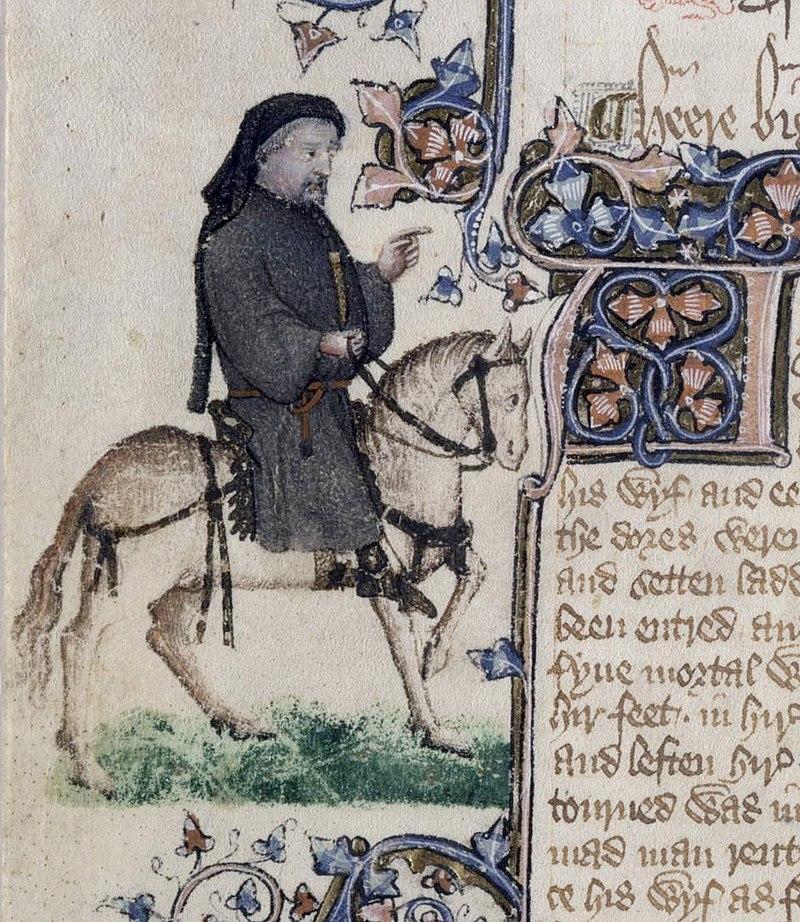
The use of a frame story, the larger narrative in which the tales are contained, highlights the cultural importance of the act of storytelling itself. Across cultures and generations, storytelling has remained a favored way of passing the time. More than a cure for boredom, however, storytelling is essential to the preservation and continuation of a culture. The retelling of our stories ties past to present and furnishes each future generation with a connection to its roots.
The Wayside Inn and the Tabard Inn
Just as Chaucer’s storytelling game finds its origin against the setting of the Tabard Inn, so, too, Longfellow’s tales come to life in the fellowship and hospitality found at the Wayside Inn. Author Brian E. Plumb underlines the historical importance of such inns in an age when travel was a more perilous undertaking. He writes: “The weary traveler had to feel relieved seeing the next tavern on the road ahead. These were the days when wayside taverns were absolutely essential to travel, communications, and the transportation of most goods.”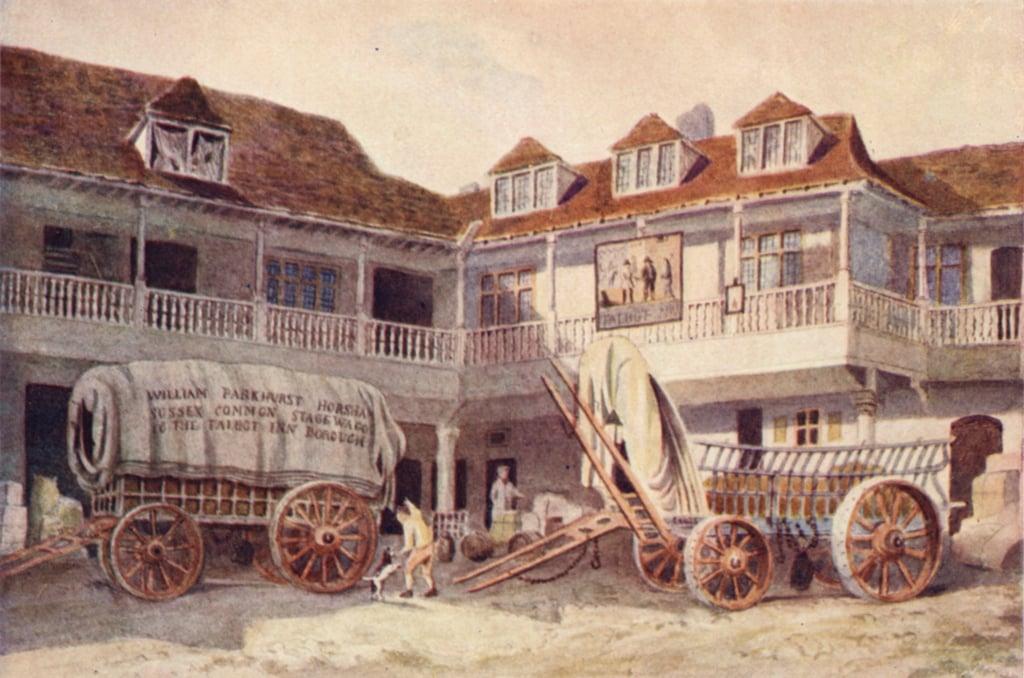
The inn, momentary haven though it may be, is not the final destination, as Longfellow notes in his work. Much like the reader, the friends in the tale find temporary respite at the inn and then take the stories shared there to their respective homes where they might share them with others.
The narrator joins the company at the Tabard Inn, where the host proposes a game to pass the time on their way to the shrine. Each pilgrim will tell two tales on the way there and two on the way back, and the teller of the tale “of best sentence and moost solaas” (moral edification and delight) will win a supper at the others’ expense when the group stops at the inn on their return.

The inn seems itself to be a place of pilgrimage where men may find respite in a place far from the railway and sounds of the modern world, a “region of repose it seems,/ A place of slumber and of dreams,/ Remote among the wooded hills!” In Longfellow’s story, it is the landlord who begins the storytelling, prompting the other members of the party to join in the activity.
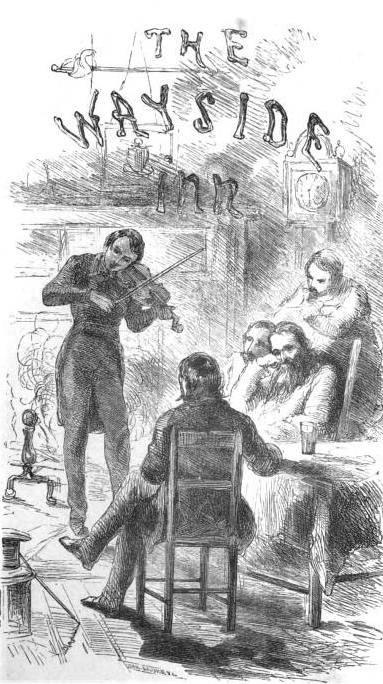
This is a notable divergence from “The Canterbury Tales” in that the host not only initiates but participates in the game, telling the first and final stories. The other characters at the inn are likely based on Longfellow’s friends, and the inn itself stands to this day, having formerly been known as How’s (or Howe’s) Tavern.
Both Longfellow and Chaucer demonstrate the bearing that storytelling has on history. Merging fiction with reality, historical settings and figures with fictional characters, they create an imagined reality within a real and tangible world. Through the participation of the narrator, Chaucer is made a player in the game he recounts. The reader, too, is made a player, as both author and narrator invite our participation in a grander context, namely that of the great discourse of literary tradition, continuing throughout the centuries.
Paul Revere’s Ride
The first and likely the most famous of the “Tales of a Wayside Inn,” “Paul Revere’s Ride,” illustrates the importance of storytelling. In describing this member of the Sons of Liberty, Longfellow takes some liberties himself, passing over the roles of Samuel Prescott and William Dawes in the ride to alert the countryside of the British approach. Through Longfellow’s poem, Revere joins the prominent figures of American folklore (such as Daniel Boone and Davy Crockett) who are similarly committed to American memory with an embellished history.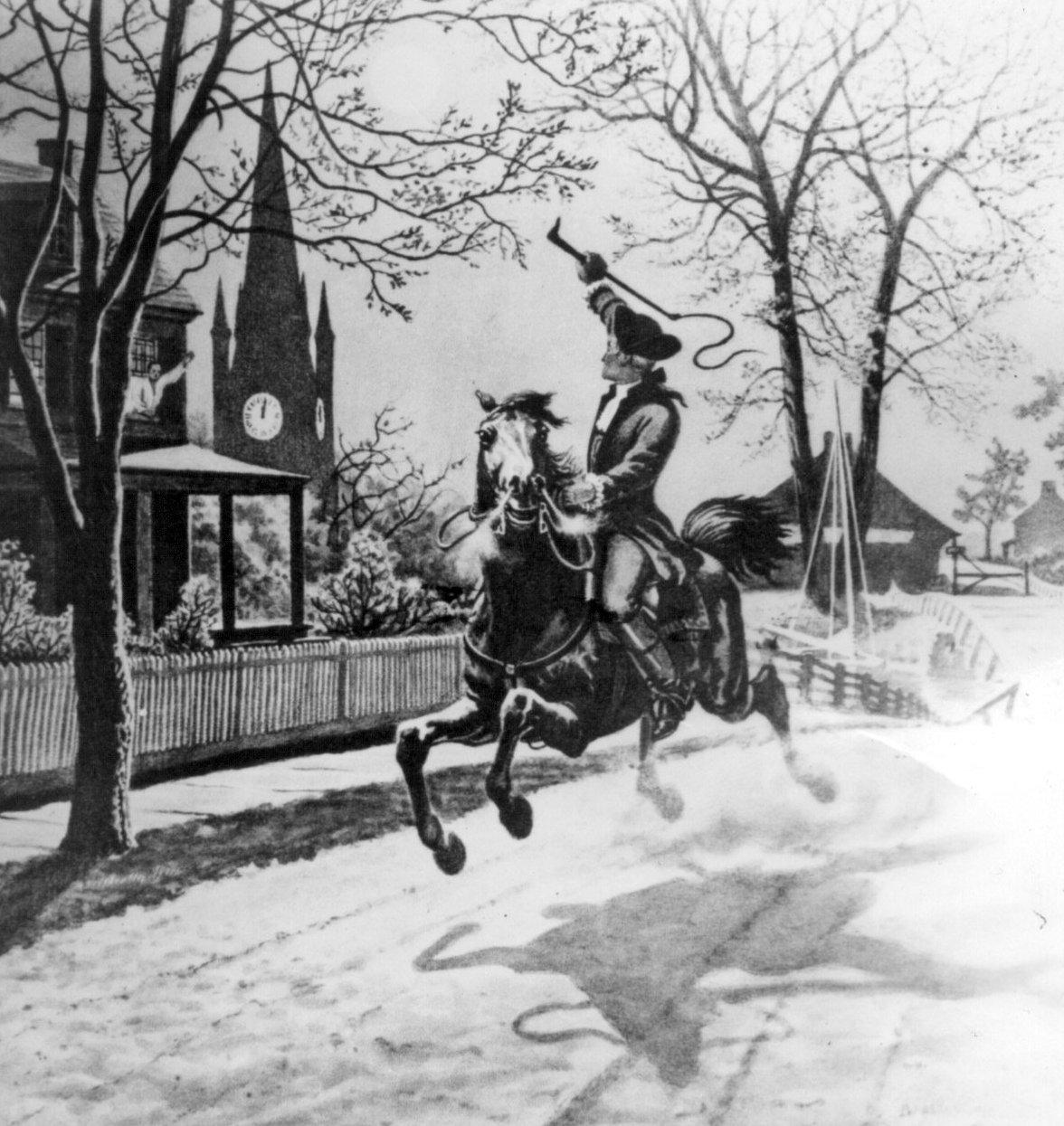
“On the eighteenth of April, in Seventy-five,” Revere sets out to warn the colonists of the British approach, but Longfellow notes that his message is not confined to a particular time and set of circumstances. In the final stanza of the poem, Longfellow says that Revere’s message is, “A cry of defiance, and not of fear,/ A voice in the darkness, a knock at the door,/ And a word that shall echo forevermore!”
As Revere’s story is passed down through generations, Longfellow hoped that this spirit of “defiance and not of fear” would remain burning in the hearts of Americans. They would look to such past tales and draw inspiration, emulating this heroic spirit and finding within it a collective identity as a nation.
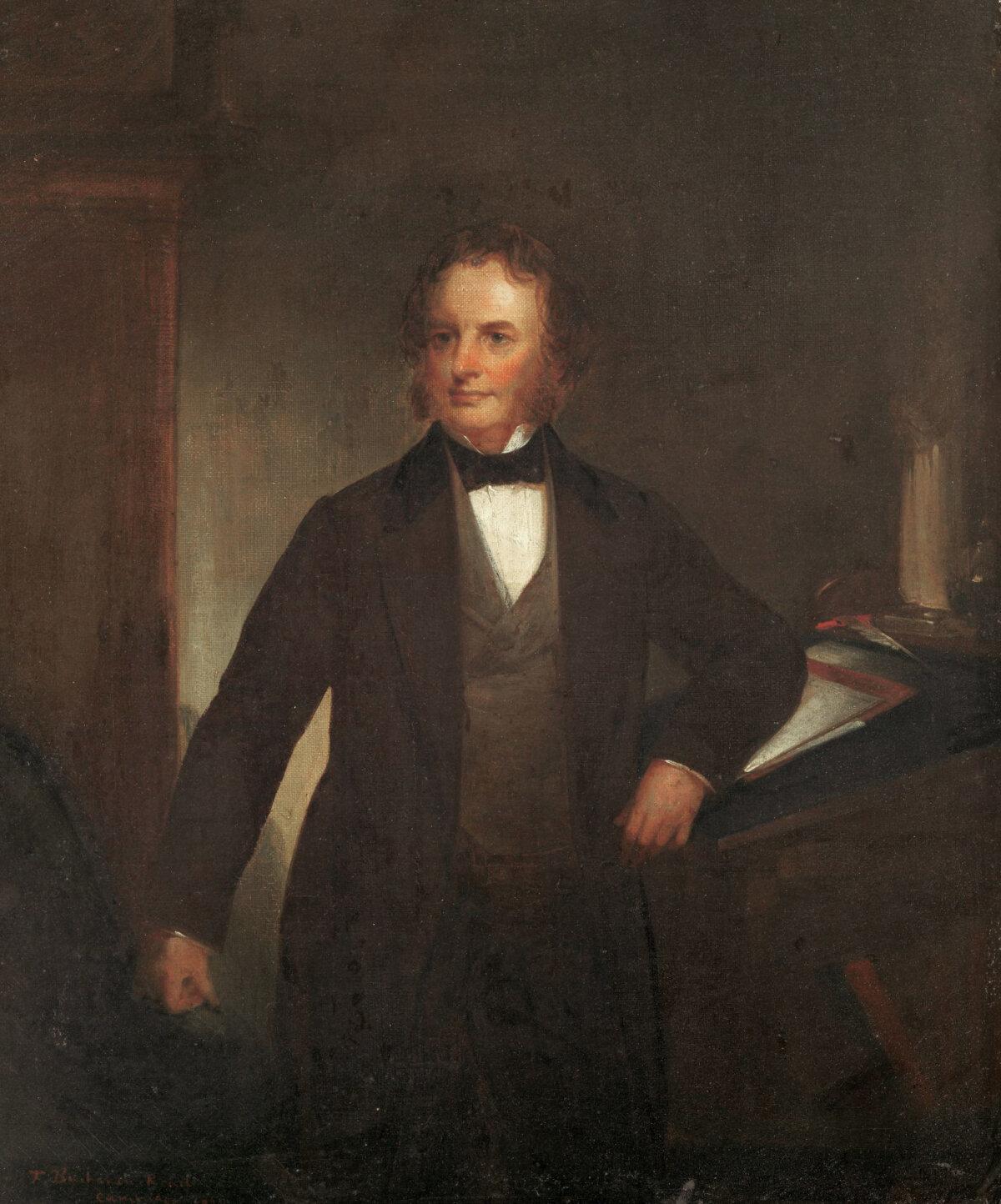
Tasked with the keeping and communication of such tales, we stop at the wayside inns of our lives, our moments of fellowship and respite, and, unaware of their weight, choose which stories will form our cultures and which tales will inform our approach to life. The stories we tell indicate what we think ought to be preserved and immortalized in the memories of others or, rather, in the memory of a people.
But as Samwise Gamgee says in “The Lord of the Rings: The Two Towers,” in the tales that “really mattered,” the stories that endure and see us through the dark are the ones in which the characters “had lots of chances, of turning back only they didn’t. ... And if they had, we shouldn’t know, because they’d have been forgotten.”
What’s more, we come to realize, as Sam does, that we are in the same great tale that goes on throughout the ages.

